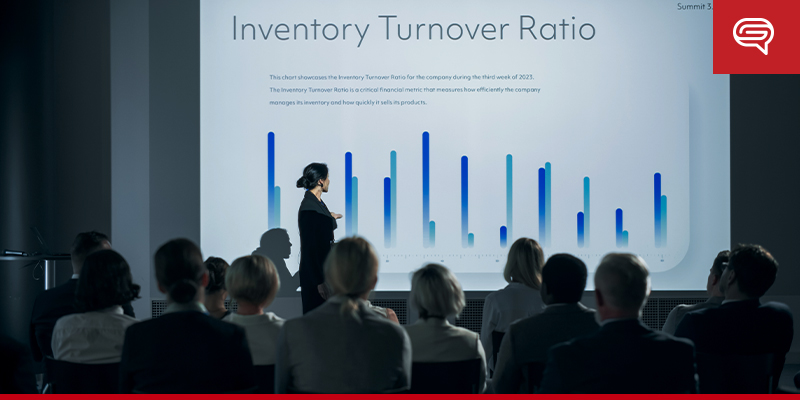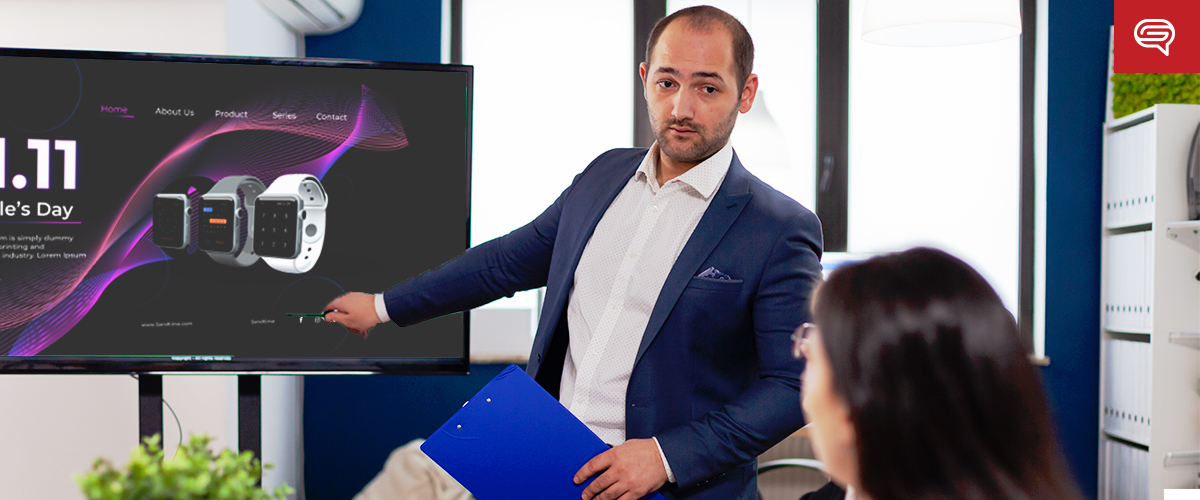In the competitive sales landscape, delivering a memorable sales pitch is a crucial skill that can set you apart from the crowd.
A well-crafted pitch captures your audience’s attention and persuades them to take the desired action. Let’s explore the key elements and strategies to help you master the art of delivering a compelling sales pitch.
Understanding Your Audience
Before diving into the intricacies of creating a memorable sales pitch, it’s essential to understand your audience.
Researching your target demographic allows you to tailor your message to their needs and pain points. Empathize with your audience to establish a connection that forms the foundation of a successful pitch.
Identifying customer pain points is a critical aspect of audience understanding. What challenges do they face, and how can your product or service provide solutions? By addressing pain points directly, you demonstrate that you understand your audience’s needs and have the means to alleviate their concerns.
Crafting a Compelling Story
A powerful way to engage your audience is through storytelling.
We are naturally drawn to narratives. Incorporating a compelling story into your sales pitch can make your message more memorable and relatable.
Structure your narrative by beginning with a relatable scenario or problem your audience can identify with. As you progress, weave in the features and benefits of your product or service seamlessly.
Real-life examples can further enhance the impact of your story, providing concrete evidence of the value you bring.
Building a Strong Opening
The opening moments of your sales pitch are critical for capturing your audience’s attention.
Consider starting with an attention-grabbing statement, a thought-provoking question, or a compelling statistic. A strong opening sets the tone for the rest of your pitch and encourages your audience to lean in and listen attentively.
Building a connection with your audience from the start is equally important. Personalize your opening to make it relevant to your listeners, showcasing an understanding of their challenges and aspirations. This connection lays the groundwork for a more impactful and persuasive presentation.
Highlighting Unique Selling Points
Effectively communicating your product or service’s unique selling points is a cornerstone of a successful sales pitch.
Identify and emphasize the key features that set you apart from competitors. Clearly articulate your value proposition, illustrating how your offering meets your audience’s specific needs and provides distinct advantages.
When highlighting these points, focus on how your product or service solves a problem or fulfills a desire for your audience. A customer-centric approach helps them envision the tangible benefits they stand to gain, making it more likely that they’ll be receptive to your pitch.
Incorporating visuals and multimedia elements into your sales pitch can significantly enhance its impact.
Visual aids, such as infographics, charts, or product demonstrations, provide a tangible representation of your points, making them easier for your audience to grasp.
Choose visuals that complement your message rather than distract from it. Ensure that any multimedia elements are high-quality and seamlessly integrated into your presentation. The goal is to enhance understanding and engagement, not to overwhelm or confuse your audience.
Engaging Your Audience
Engagement is a two-way street in a sales pitch.
Encourage interaction by asking thought-provoking questions, inviting comments, or incorporating interactive elements. It keeps your audience actively involved but also allows you to gauge their level of interest and tailor your pitch accordingly.
Adapting to audience feedback is crucial during the pitch. If you sense confusion or hesitation, address it promptly. Flexibility in your approach demonstrates your responsiveness and willingness to tailor your presentation to meet your audience’s needs.
Handling Questions and Objections
Anticipating and addressing questions or objections during your sales pitch signal thorough preparation.
Identify common concerns your audience might have and develop clear and convincing responses. Turning objections into opportunities is a powerful way to showcase your expertise and overcome potential barriers to closing the deal.
Address objections proactively to demonstrate transparency and build trust with your audience. It also allows you to guide the narrative back to the positive aspects of your offering, reinforcing the value proposition.
Closing the Deal
As you approach the conclusion of your sales pitch, it’s essential to leave a lasting impression.
Summarize key points, reiterate the value proposition, and create a sense of urgency. Encourage your audience to take the next step by providing a clear and compelling call to action.
Crafting a strong closing is about instilling confidence in your audience and motivating them to make a decision. Whether it’s a purchase, a commitment, or further discussion, a well-structured closing ensures that your pitch leaves a lasting impact.
Post-Pitch Follow-up
The sales process doesn’t end with the pitch. Following up after your presentation is crucial for nurturing relationships and moving prospects along the sales funnel.
Send personalized thank-you messages expressing gratitude for their time and attention. This post-pitch follow-up lays the groundwork for continued communication and engagement.
Continuing the conversation with prospects demonstrates your commitment to their needs and reinforces the positive impression from your pitch. Use follow-up communications to address any additional questions, provide further information, and guide them toward the next steps in the customer journey.
Crafting a memorable sales pitch is a multifaceted process that requires a deep understanding of your audience, compelling storytelling, and effective engagement strategies. Follow the outlined steps and incorporate these elements into your pitch to elevate your sales presentation and increase your chances of leaving a lasting impact on your audience.






















